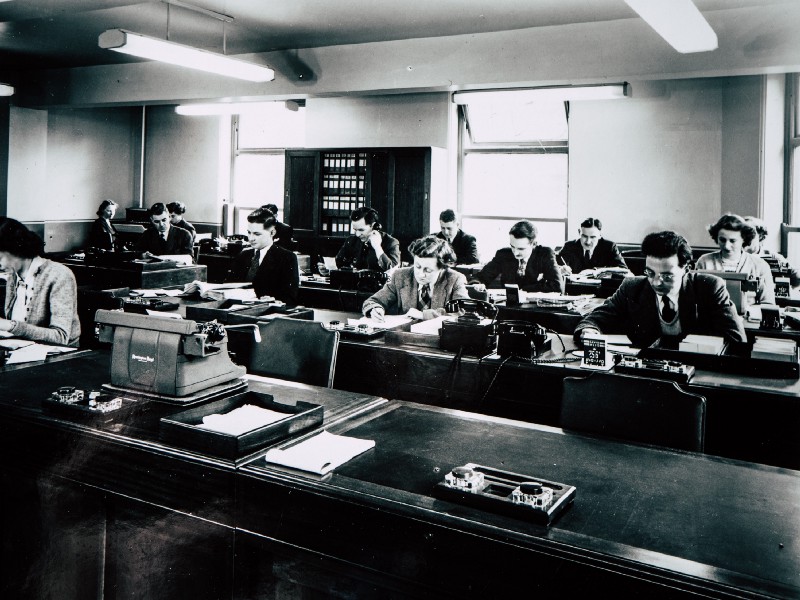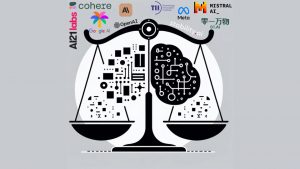Process Automation in the Accounting and Administrative Sector
Letme introduce you Daniela. She manages Gestorías Milú, a small Accounting and Administrative Agency in Barcelona. The primary activity of this type of agencies is supporting the management of their clients’ companies: finances, human resources, legal, … These are all tasks that they perform in their client’s name, so that these can focus on their business.
Despite its size, the bulk of work at Daniela’s company is quite heterogeneous, ranging from generating customer’s monthly accounting balances, managing administrative and legal processes (e.g., a client’s request for a construction permit), handling payroll, organizing meetings with customers, and many more. To face this workload, Daniela’s company has three employees who contribute considerably to make Gestorías Milú a consolidated company. Still, she feels that hiring a new employee may be a good idea, both to alleviate the individual workload of her employees (who are very often overworked), and to allow for the growth of the company. However, the uncertainty and risks of this decision keeps Daniela hesitant.
The situation at Gestorías Milú is not an exception. In Spain, 83% of Accounting and Administrative Agencies have less than 3 employees, working with an average portfolio of 50 clients (source: Spanish Institute of Statistics, INE). This means that they operate continuously in a very stressful situation. What is more, that is not a trend only in Spain, and not only for Accouting and Administrative Agencies but for the SME sector in general.
A recent article The Economist presents shocking figures with respect to the wasted time at work. The article, which reports a time-use survey done to 5,000 office workers in America and Britain, shows how nowadays working in front of a computer is far from an effective, optimized activity: logging in into a plethora of software systems (often after several attempts), data introduction and formatting (with its corresponding mistyping), and coordinating meetings, are only a few examples of activities where users waste time daily. This general problem, shared by all types of SMEs, applies as well for Accounting and Administrative Agencies.
Hence, although digitalized, there is still a real challenge on empowering office workers to streamline their office (digital) work. The Accounting sector already did a digital transformation 40 years ago, transitioning from manual, pen & paper accounting to dedicated software that enabled the digitalization of the whole accounting process. The benefits of this transition have never been questioned.
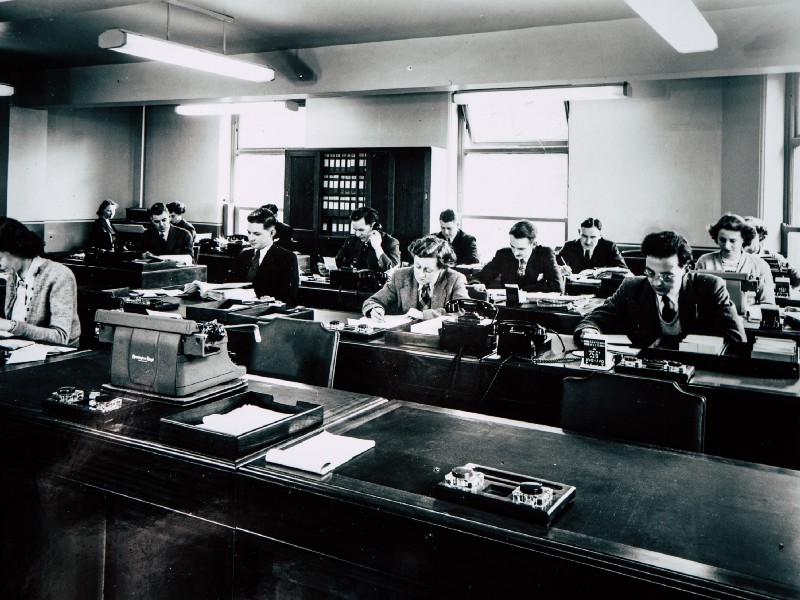
What type of transformation shall the Accounting and Administrative Agencies adopt in order to overcome the current situation of overworked employees and agendas? As the title of this article suggests, I firmly believe that Process Automation is the way to go. Putting it simple: let employees not only use software for their traditional tasks (e.g., bookkeeping, email, spreadsheets, meetings, …), but also to automate the daily processes that involve interacting with that software. An example: instead of manually moving data from emails sent by a specific customer to an Excel sheet, let’s simply tell the engine to automatically proceed with the data transfer operation when any of those emails arrive at my inbox. Only once. And no need to worry about it anymore. How much time do you think it can be saved by adopting process automation in the daily activities of employees of Accounting and Administrative Agencies? A lot.
Actually, at Process Talks we recently performed a survey for different types of roles (from managers to employees) of Accounting and Administrative Agencies in Spain. The answers to two important questions are enlightening:
Q uestion 1: How much time do you spend in front of the computer doing manual and repetitive tasks?
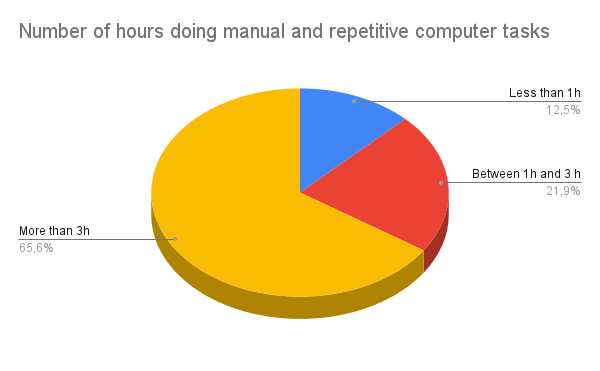
Hence, 87.4% spend between 1 and 8 hours daily doing manual and repetitive computer tasks. The potential for a better operation is huge.
Q uestion 2: Do you think that incorporating automation will help you in your manual and repetitive tasks in front of the computer?
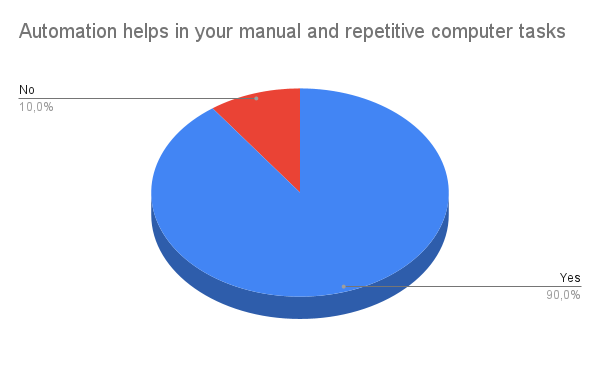
Moreover, all involved roles were very aware of the need for automation.
Going back to Daniela and her company, there may thus be a better alternative to taking the risk now of hiring a new employee: embracing first process automation, so that a transition towards a fully streamlined company through process automation is achieved. Once process automation is adopted, employees’ productivity will grow, and new employees will surely be needed to cope with the corresponding business growth that will come along with it. And then, there will be way less uncertainty and risk for Daniela to make the right decision.
If you are interested in knowing more about Process Talks, please contact us.

